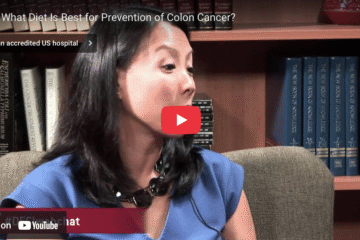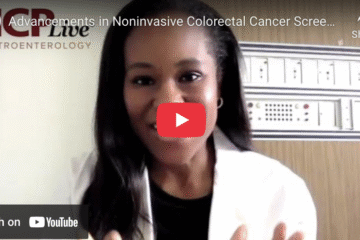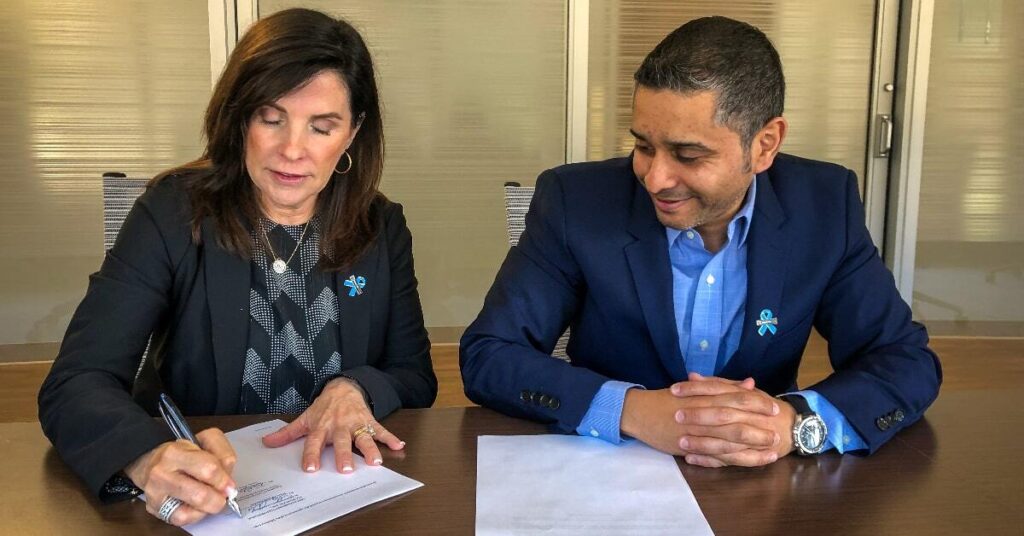James Van Der Beek’s Colon Cancer Diagnosis
It seems as if someone famous is being diagnosed with colon cancer almost weekly. CheckIt4Andretti posted a blog last year, highlighting celebrities, like John Andretti himself, who were in the prime of life, yet fell to the ravages of colon cancer. Today, we have a more hopeful story to tell: that of James Van Der Beek. His colon cancer was caught before it spread, and he’s cautiously optimistic about the future and raising awareness for others.
How did Van Der Beek get diagnosed with colon cancer?
At 46 years old, James Van Der Beek was the picture of health. He was busy filming, traveling and keeping up with his 6 children. The star of Dawson’s Creek, said he noticed bowel changes that he blamed on too much cream or coffee. About 50% of people diagnosed with colon cancer notice bowel habits as their first symptom.When things didn’t improve after a while, he went to see his doctor. Since he was the right age for a colonoscopy(45 or older is the current recommendation), his doctor ordered one right away. Surprisingly, the colonoscopy revealed Stage 3 colon cancer.
Why was this a surprising diagnosis?
Van Der Beek said he always associated cancer with being older or living an unhealthy lifestyle. He states that he had no known risk factors. He described himself as:
- Young (46 yo)
- Healthy and active
- Thin and fit
- Having no family history
- Having no genetic risk factors
Despite eating well, exercising, and having no known risk factors, James Van Der Beek was diagnosed with Stage 3 colon cancer.
The good news
Despite the shocking news, the doctor offered the Van Der Beek family a cause for hope. Even though the cancer was Stage 3, it had not moved to lymph nodes or other parts of his body, In other words, the tumor was localized to only one part of the colon. According to the American Cancer Society, data shows that localized colon cancer carries a 90% 5 year survival rate. Treatment for colon cancer usually involves surgery, chemotherapy and sometimes radiation therapy.
Looking Forward
Van Der Beek plans to continue working and focus on living his healthiest life possible. He treasures the strong support he gets from family, friends and fans and leans heavily on his faith. He said that he wanted to go public about his diagnosis to encourage other people to pursue health and get screened– even if you don’t have symptoms. His advocacy includes being active on social media, doing interviews, and raising money for colon cancer. Last year, Van Der Beek teamed up with other celebrities to make a Fox TV special, The Real Full Monty, to raise awareness and get men to go to their doctors. Recently, he partnered with Guardant Health to raise awareness about new advances in colon cancer screening.
The Bottom Line
Colon cancer can strike whether you’re young and healthy, a famous celebrity, or a 60 year old mechanic. Start getting screened beginning at age 45. The bottom line is that before 45, you should listen to your body. If something seems amiss and it’s not getting better, get checked out by your doctor. Catching colon cancer early means a much greater chance of survival. Check it for the ones you love. CheckIt4Andretti.



















